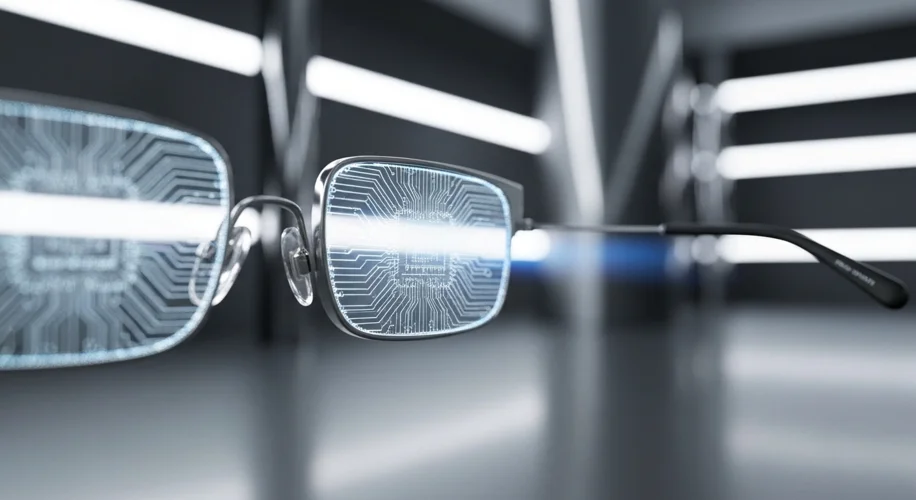Okay, so hear me out. We’ve all dreamed of VR that feels like looking through a regular pair of glasses, right? Well, Meta and Stanford might have just taken a massive step in that direction.
Remember those bulky headsets that make you look like you’re preparing for interstellar travel? Yeah, they’re cool, but they’re not exactly subtle. The folks at Meta, along with researchers from Stanford, have been cooking up something pretty wild: an ultra-thin holographic display.
What’s the big deal? This new display technology uses something called a “near-eye light field display.” Basically, instead of projecting a flat image onto screens that then get magnified, it creates a 3D image by bending light in a really precise way. Think of it like a super advanced, miniature projector that creates depth and focus naturally, just like the real world.
Why is this a big deal for VR? Size and weight. Current VR headsets need a lot of space for lenses and screens to create that immersive effect. This new holographic approach cuts down on that significantly. We’re talking about displays that could eventually be thin enough to fit into frames that look a lot like regular eyeglasses.
Stanford’s contribution, specifically the work by Professor Gordon Wetzstein and his team, has been key here. They’ve been pushing the boundaries of light field displays for years, and this collaboration with Meta is a huge step in bringing that research out of the lab and towards something we might actually wear.
Imagine putting on glasses that can overlay digital information onto your view of the real world seamlessly, or transport you to a virtual environment without the bulk. This could be the breakthrough that makes VR truly mainstream, moving beyond gaming and into everyday productivity and communication.
This isn’t science fiction anymore; it’s engineering. While we’re not quite at the point where you can swap out your Ray-Bans for holographic specs tomorrow, this development signals a clear path forward. The tech is advancing, and the goal of lightweight, comfortable, and truly immersive VR is getting closer. It’s seriously exciting to see where this leads, and I’ll definitely be keeping an eye on this space. It feels like we’re on the cusp of something big for how we interact with digital information.

